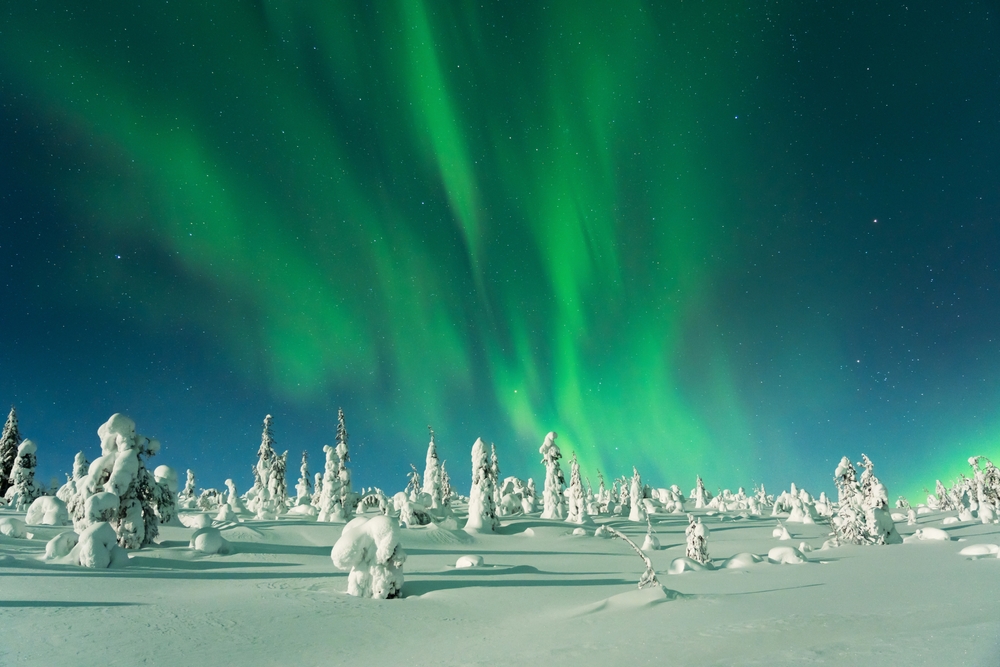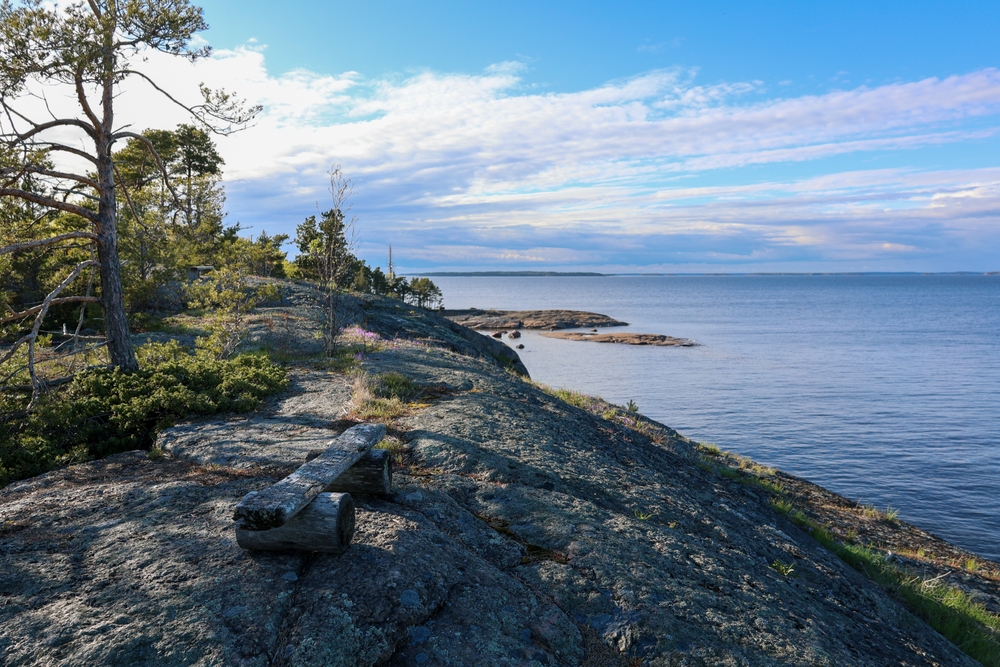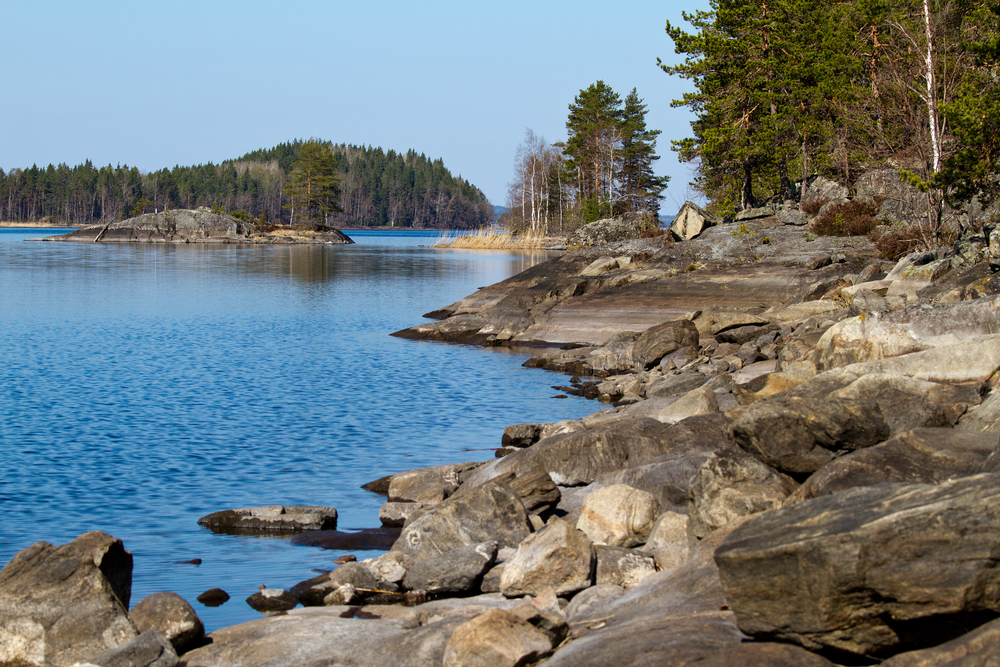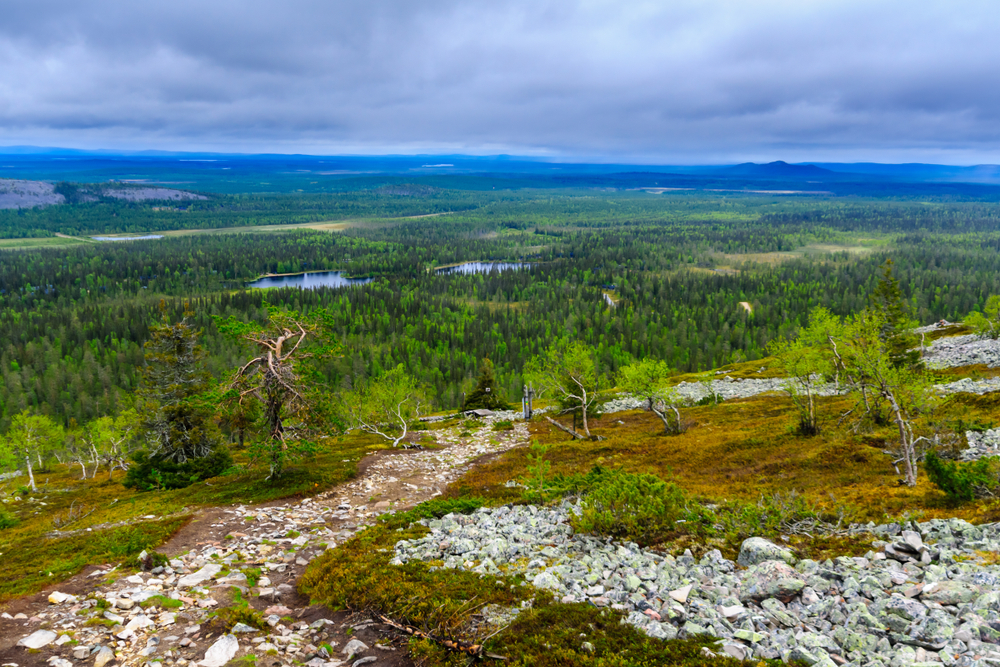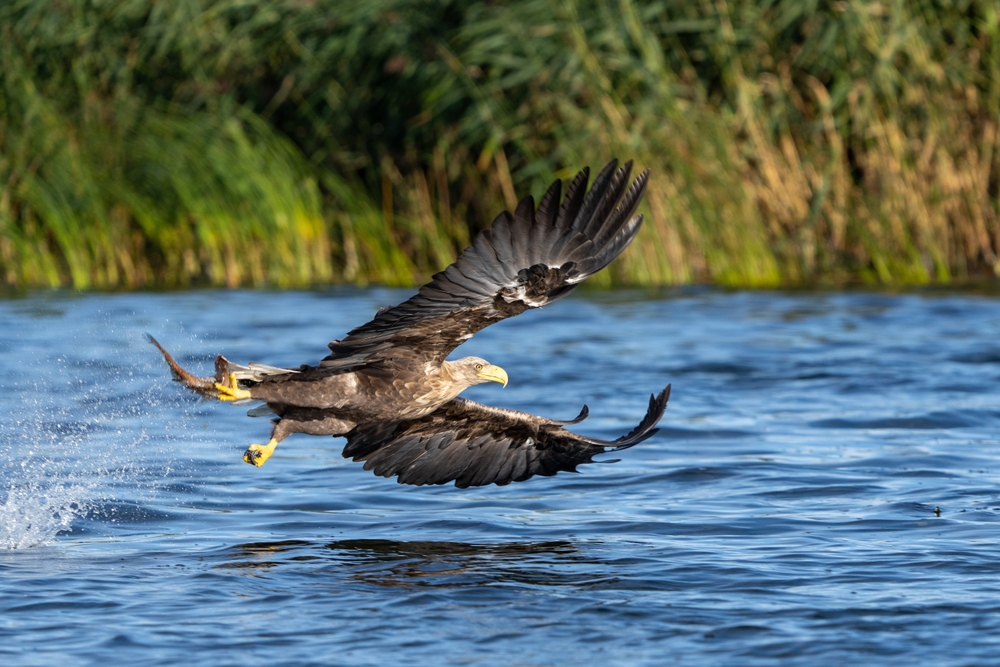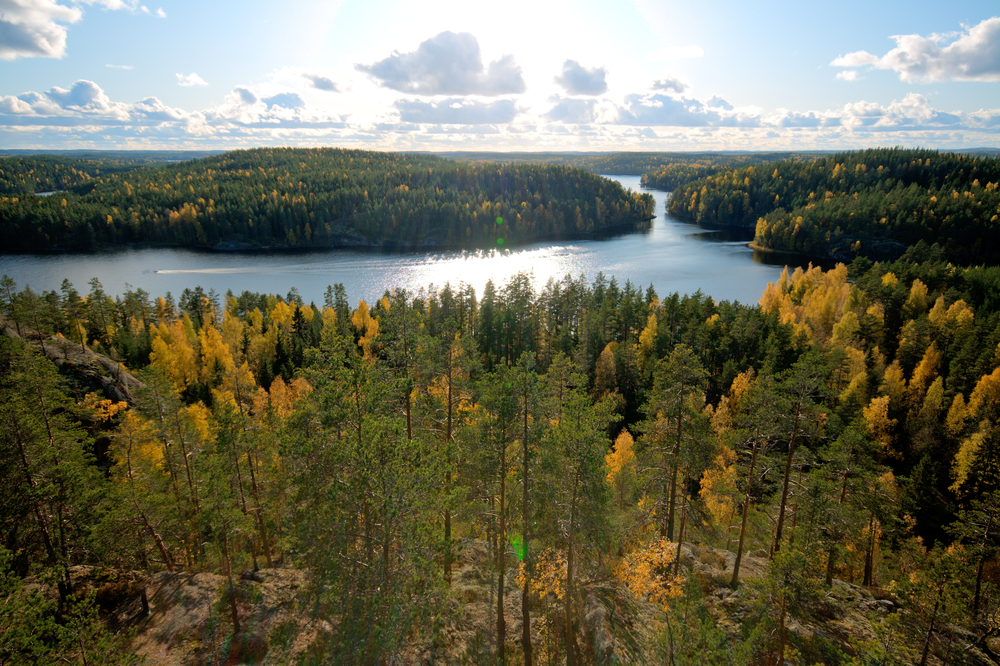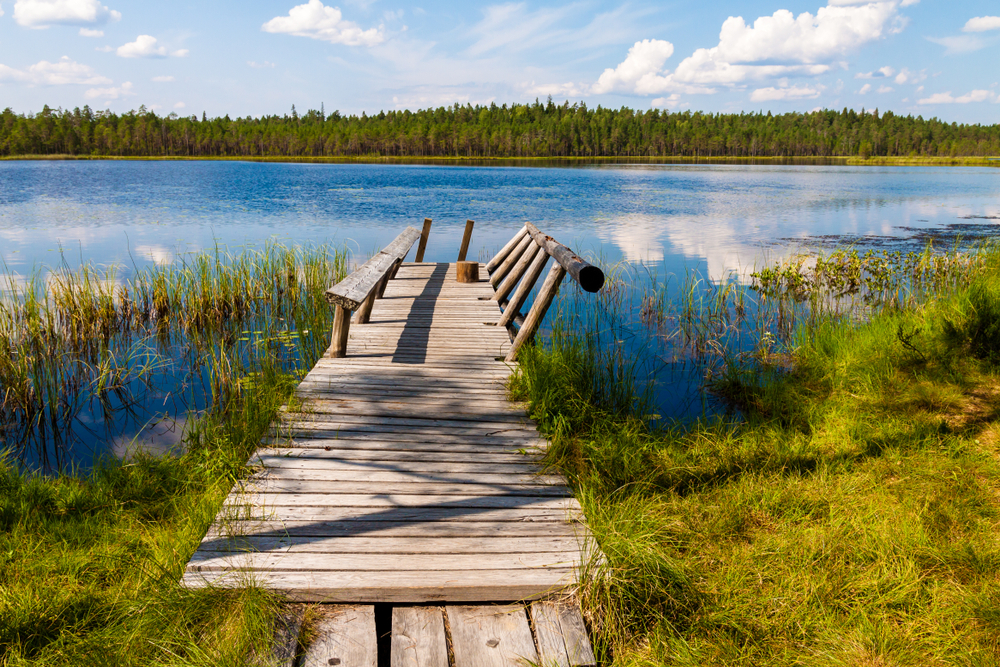Riisitunturi Overview
Riisitunturi National Park, known as Riisitunturin kansallispuisto in Finnish, is a pristine wilderness area in the southern part of Finnish Lapland, located in Posio, Finland. Covering 30 square miles (77 square kilometers), the park is renowned for its rolling hills, dense boreal forests, and otherworldly winter landscapes.
Established in 1982, Riisitunturi is part of the larger taiga biome, featuring ancient spruce trees and vast mires that create a unique environment for both flora and fauna. It is especially famous for its heavy snow-laden trees in winter, known as tykky, which turn the park into a surreal, fairy-tale-like scene.
The park’s terrain is characterized by gently sloping fells, the highest of which is Riisitunturi Fell, standing at 1,640 feet (466 meters) above sea level. From its summit, visitors can experience panoramic views over Lake Kitkajärvi, one of the largest clear-water lakes in Finland, and the surrounding wilderness.
The park is dotted with bogs and aapa mires, a wetland type that is a signature feature of northern Finland. These wetlands host an abundance of plant life, including cloudberries, cotton grass, and dwarf birch. The area is especially beautiful in autumn when the landscape turns into a vibrant mix of reds, oranges, and golds.
Wildlife is abundant in Riisitunturi National Park, with many species thriving in its diverse habitats. Some of the most notable mammals found here include the Eurasian lynx, brown bear, wolverine, moose, and reindeer. The latter, often seen grazing in the park, are semi-domesticated and an important part of the local Sámi culture.
Birdwatchers will find Riisitunturi to be a haven for avian species, especially during the summer months. Some of the key birds that can be spotted include the Siberian jay, willow ptarmigan, black woodpecker, and various owls such as the great grey owl and Ural owl. The wetlands attract numerous waterfowl, including whooper swans and cranes, which nest in the park’s undisturbed marshes.
One of the most popular features of Riisitunturi National Park is its winter landscape, which is widely regarded as one of the most picturesque in Finland. The deep snow and tykky trees, where heavy snow and frost accumulate on the branches, create an awe-inspiring frozen wonderland.
In the summer, the Riisin Rääpäsy and Riisin Rietas hiking trails provide well-marked paths through the park’s best landscapes. These trails lead visitors through ancient forests, past small streams, and up to the summit of Riisitunturi Fell, where one can witness the famous midnight sun in summer or the northern lights in winter.
Visitors to the park engage in various activities such as hiking, snowshoeing, cross-country skiing, and photography. The park’s relatively small size makes it ideal for day trips, though there are wilderness huts available for overnight stays. The absence of light pollution makes it a prime location for stargazing and experiencing the aurora borealis. The trails are well-maintained, and wintertime visitors often use fat bikes and skis to explore the snowy landscapes.
Riisitunturi National Park is managed by Metsähallitus, Finland’s state-owned forestry agency, which focuses on sustainable conservation efforts. One of the biggest challenges is preserving the fragile aapa mires, which are sensitive to climate change and human activity.
Conservation efforts have been successful in protecting rare bird species and restoring wetlands that were previously damaged by drainage projects. Strict guidelines ensure that tourism does not harm the park’s delicate ecosystems, allowing visitors to enjoy its natural beauty while minimizing environmental impact.








































































